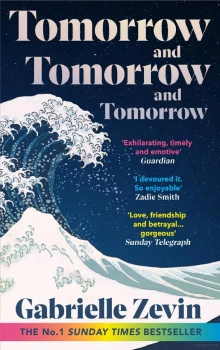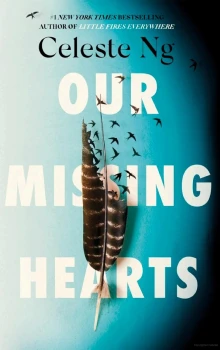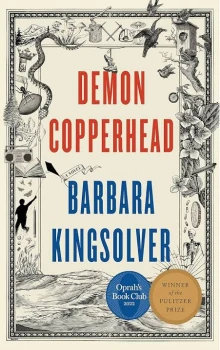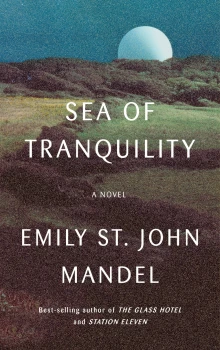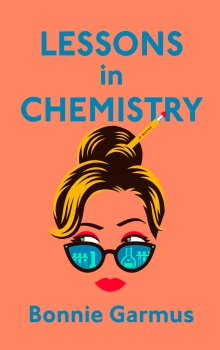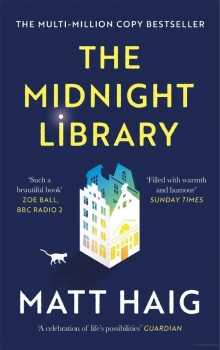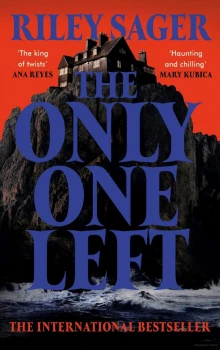1A
Sam rented a one-bedroom bungalow, near his grandparents, on the precise, if disputed, eastern border between Silver Lake and Echo Park. Originally, he had planned to move out to Venice, to be near the Unfair office, but his recovery had taken longer than he’d expected, and in the end, it had seemed simpler to stay on the Eastside near his grandparents and the hospital, with its many doctors and physical therapists that he was forced to interact with multiple times a week.
One of Sam’s new neighbors—a Popeye-armed woman with a pride flag on her porch and a rotating assortment of rescue pit bulls, always female—had referred to the neighborhood as HaFoSaFo, or Happy Foot Sad Foot, after an advertisement for a podiatrist that spun on the corner of Benton and Sunset, just below their houses. Each side of the sign depicted an anthropomorphized brown foot. “Sad Foot” had a Band-Aid on its big toe, bloodshot eyes, a mouth gaping in pain, crutches, hands and feet. “Happy Foot” was miraculously healed through the power of podiatry: two thumbs up, a manic smile, and the feet of the foot in pristine white high-tops. The sign was suspended high above the parking lot of a Comfort Inn, whose ground floor contained a Thai vegetarian restaurant and the podiatrist in question. The sign pirouetted slowly, making approximately one revolution every twelve seconds. Legend—though perhaps this was too grand a word for a spinning sign over a budget hotel—had it that whichever side of the sign you saw first would determine how the rest of your day went.
For over a year, Sam never encountered anything but Sad Foot. He tried to see the other side: he varied the speed of his approach to the sign; he came upon it, both walking and driving, and from all four cardinal directions. No matter how he varied his routine, it was Sad Foot every time. It did not take a former Harvard math major to know that this result was statistically unlikely, and he could not help but feel as if the universe was mocking him.
1B
Sadie rented an apartment in the Clownerina building in Venice, a six-and-a-half-minute walk from Unfair. The building had a thirty-foot-tall mechanical sculpture of a male clown dressed in a ballerina’s tutu and toe shoes. Once upon a time, the ballerina had kicked, but either seawater had rusted his gears or tenants had complained that his motor was too loud. During the years Sadie lived in the building, Clownerina just stood there, his right red toe shoe demurely extended, waiting for the day when he would dance again
Clownerina may have been kitsch, but Sadie adored him. He represented the spirit of California to her—and for the first time in her life, she fully embraced her native city. She donated her winter coats to Goodwill, and she started wearing floppy hats and maxi dresses. She went to flea markets with Zoe, and they shopped for vintage vinyl and long necklaces and artisanal pottery. She burned incense and gave up caffeine. She grew her hair long, down to her waist, and parted it in the middle. She started doing Pilates, and she threw Dov’s handcuffs into the sea. She dated—a scruffily handsome guy in an indie rock band, a scruffily handsome actor who was mainly known for indie films, a scruffily handsome tech guy who had sold his dot-com to a bigger dot-com. She threw elaborate dinner parties and prided herself on knowing the new bands before anyone else did. She bought a used VW bug the color of the California sky. She had brunch with her family every Sunday. She woke early, slept very little, and routinely worked eighteen-hour days. If California was a costume that could be worn, Sadie wore it as easily as Clownerina wore his tutu and derby hat.
Sadie didn’t know why Sam had chosen to live on the Eastside. What native Angelino would willingly subject themselves to a fifty-minute commute? In those days, they rarely spoke of anything but the game they were making, so she did not ask him for an explanation. She had stopped devoting any time to imagining her partner’s motivations.
